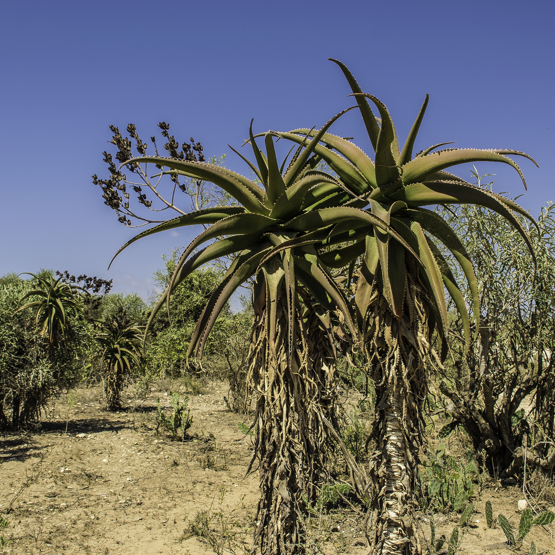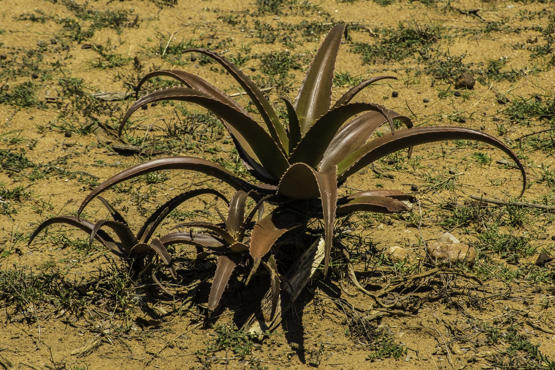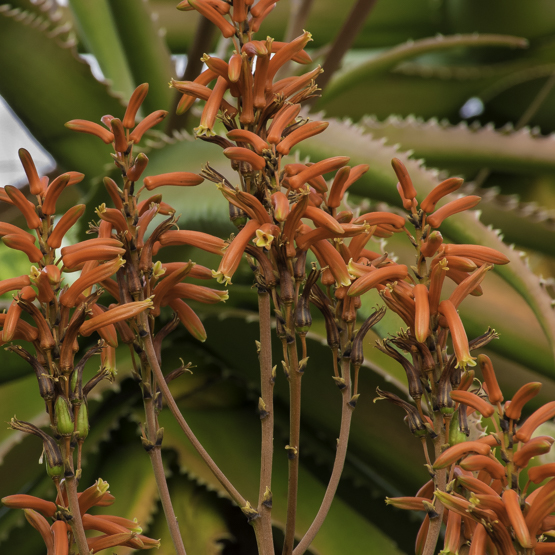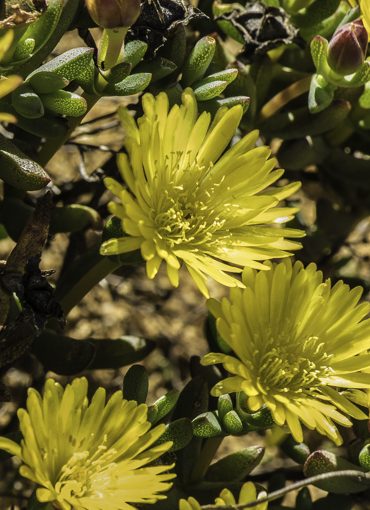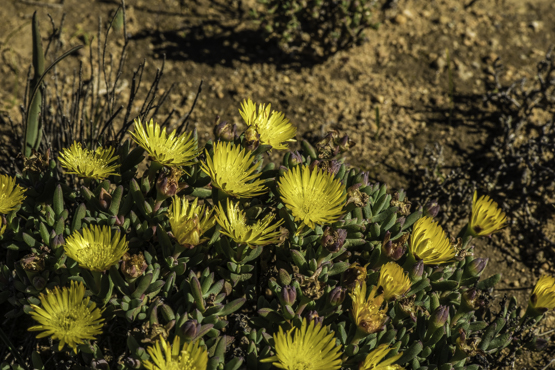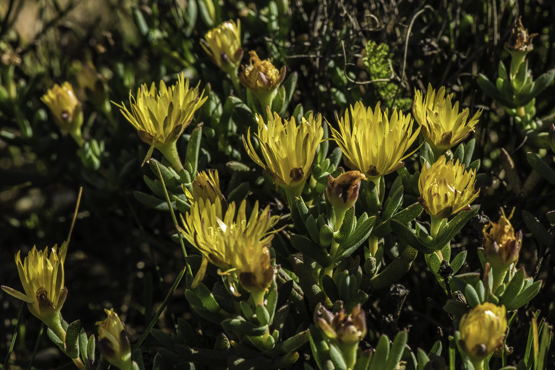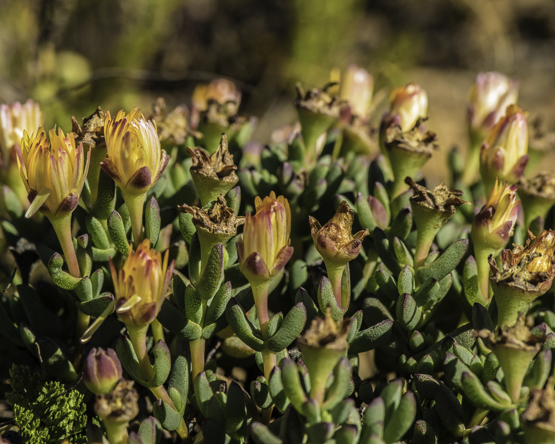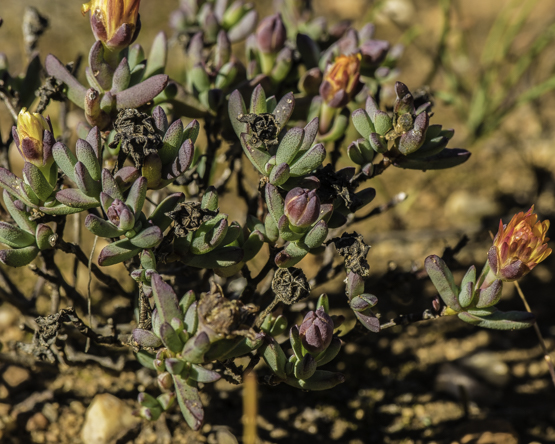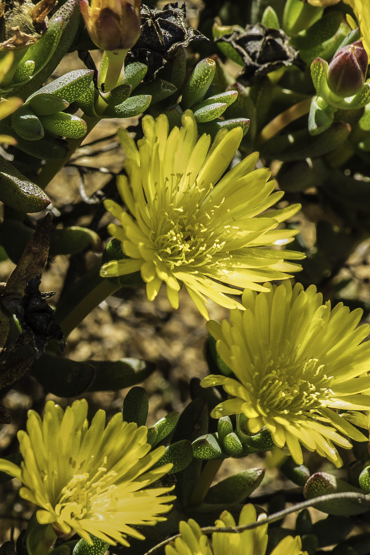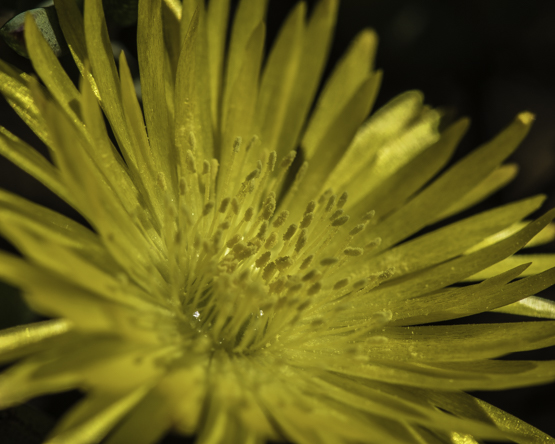The vernacular name vahombe (the big Aloe) is very apt for this both impressive and beautiful species reaching a height of 2-3 m (sometimes even more).
The unbranched stem is topped by a dense crown of 30-40, up to a meter long, leaves; these are dull to bright green, unmarked and U-shaped in cross-section; young ones are more or less erect, older ones spreading to much recurved, dried remains persistent.
The flowers are about 2.8 cm long, orange to bright crimson red (rarely yellow) and arranged in branched inflorescences; they appear from May to July.
Plants occur widespread in dry bush and spiny vegetation in the south and southwest of Madagascar from the Ambovombe area to Tulear; inland to Berenitra and Sakaraha.
